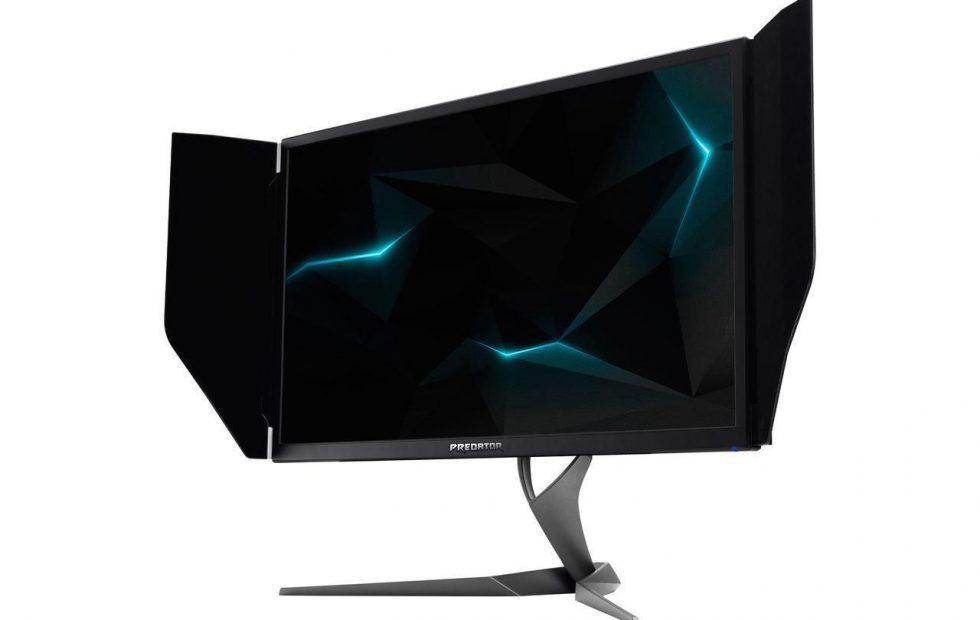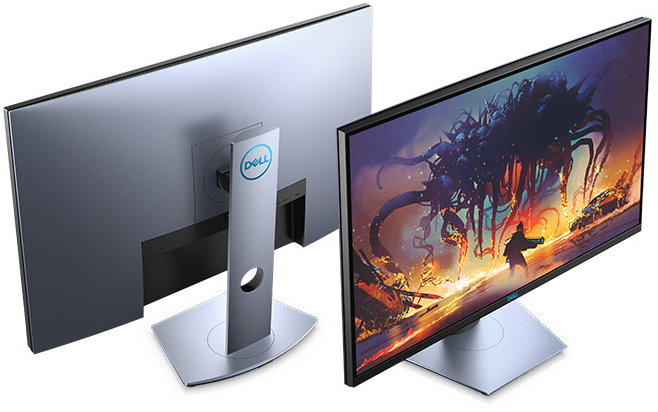Gaming Monitor Purchase Guide – Features To look For
Gaming monitors are sold in an array of flairs, sizes, and varied price tags. Selecting the right monitor is usually a subjective issue, and it all comes down to weighing different aspects to get one that presents you with the most value.
But what are these factors you have to weigh when buying a monitor? Our KickoffTech gaming experts have all answers to your questions regarding gaming monitors, and you’ll learn pretty much from this piece.
We have also compiled hundreds of gaming console guides before and expert reviews to help you make an informed purchase decision. Read our detailed review on 2019’s best budget gaming laptops by clicking on this link: kickofftech.
Tips for buying a monitor for gaming
Resolution
The first thing you should look at in a monitor is its display resolution. Typically, gaming monitors of today are made in any of the following resolutions
- 4k/UHD – 2160 P
- 2K/QHD – 1440 P
- Full HD – 1080 P
A high resolution implies a high pixel count. In turn, this means more image clarity and enhanced visual detail.
However, hardware limitations are prone to keep gamers away from enjoying QHD andUHD resolutions. QHD has progressively become the standard though, and many modern mid-range gaming rigs are able to maintain stable 30FPS in the resolution. On the other hand, only the very powerful GPUs are able to push past 30 to 60FPS, hence making UHD a completely different story.
With this, prior to deciding on a monitor’s resolution, it’s prudent that you consider the power of your GPU and decide if you’d opt for visual quality over performance. We normally advise buyers to go for UHD and QHD resolutions as they are future-proof.
Refresh Rate
The refresh rate of a gaming monitor is usually calculated in Hertz (Hz). This measures the times a monitor is capable of refreshing a displayed image in a second. It also dictates the frames per second that a monitor is ableto display.
Gaming monitors are normally sold in the following refresh rates:
- 240Hz
- 144Hz
- 60Hz
As much as a high refresh rate serve a great role in gaming, it will be useless if you do not have a Monstrous GPU that’s capable of pushing enough frames per second. Hence, prior to choosing a 60, 144, or 240Hz monitor, see to it that your graphics card is capable of running your games at similar framerates.
Adaptive Sync
When looking for a gaming monitor that won’t frustrate you with screen-tearing, you’ll need to choose between G-Sync or FreeSync. Fortunately, Many newer monitors come with either of these two. AMD FreeSync brings no extra cost to a monitor and is compatible with only AMD graphics cards. On the other hand, NVIDIA G-SYNC is more costly and works solely with NVIDIA cards. Having one of these two technologies will keep you from screen tearing frustrations. While this will come with a bit of performance penalty, there’s nothing big to notice.
Panel Technology
Modern gaming monitors are made with either IPS or TN panel types. IPS panels provide you with all-rounded visual quality, which means better vibrancy and accuracy in color reproduction. An IPS panel will also offer you better viewing angles. TN panel’s greatest benefits are that they hold faster response times.
Response Time
The pixel response time of a monitor is usually measured using milliseconds. This represents the amount of time that one pixel requires to change from black to white or to switch between different gray shades. So, how does this affect gaming?
Basically, if a monitor has a lower response time, its camera movements will be smoother. Conversely, high response times lead to motion blurs. The reason is, pixels lack sufficient time to switch between a color to the other when the camera movement is fast. High response time could also lead to ghosting.
TN monitor panels support response times of 1ms, but IPS panels go as low as 4ms. Your choice will entirely depend on whether you’re after visual quality or responsiveness. Nevertheless, it’s possible not to realize the difference between 4ms and 1ms response times.
Bottom Line
At the end of the day, you’ll have to sacrifice some monitor features to get others. Consider what you need most and the amount you have to spend and make a wise purchase choice.



